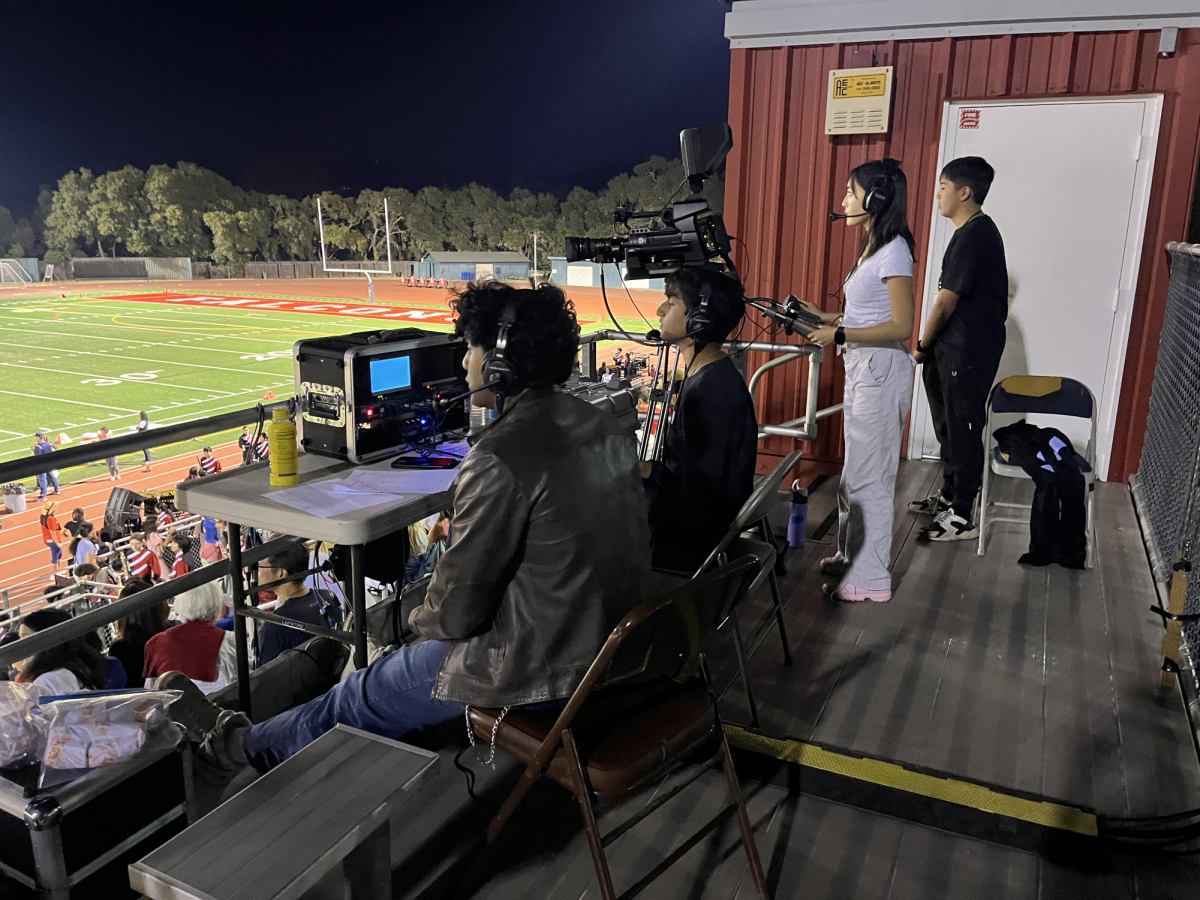The SAT has always caused an extreme amount of stress for students worldwide. And with the pressure to do well comes the inclination to cheat; students across the globe have come up with inventive ways to get around the important test.
Sam Eshaghoff was one of these students.
Eshaghoff, from Long Island, New York,was charged with criminal impersonation and fraud in 2011.
Having scored well on the SAT himself, Eshaghoff was paid about $2,500 by at least 15 students to take the SAT for them. His scheme was simple: Take the school’s ID card template, insert his client’s name and his own photo and then take the test impersonating them.
The College Board has policies regarding identification of test-takers, but they are not enforced stringently enough, as shown by Eshaghoff’s scam. Furthermore, The College Board only requires a valid photo ID in order to ensure accessibility for all students. But because of this, people like Eshaghoff have been able to find a way around this rule — amazingly, Eshaghoff was even able to take the test for females.
In response to Eshaghoff’s scam, then-president of the Educational Testing Service (ETS) Kurt Landgraf, who was in charge of the security of standardized tests including the SAT, said that the public should not “overreact” to this case.
But instead of having an “overreaction,” testing companies had a severe underreaction. No major actions were made to solve the problem of cheating by falsifying identification.
Since then, dozens of cases of cheating on standardized tests have occurred. One of the most recent was on Nov. 8., when students in China and South Korea were cited for cheating on the SAT. These students hired others who had already taken the test in a different time zones to send test answers via text during the breaks.
There was really no way to stop them because of the College Board’s lack of enforcement of policies regarding cell phone usage.
The fact that such an important test can be so easily cheated on is absurd. Testing companies and proctors need to understand that standardized tests immensely affects a student’s future — a student who has cheated on the SAT may find more success than one who has studied and put the effort into it, but has still gotten a lower score.
Something as simple as confining students during breaks can solve this issue and prevent cases of cheating through phones. Phones should also be collected by test administrators prior to the start of the test.
Bathroom breaks can also be modified by having another qualified adult accompany the student to the bathroom. Furthermore, a common but more official form of identification that cannot be easily forged, such as a passport, should be required. Developments like these would make the lives of test-taking impersonators much harder, and therefore discourage students from trying to take the easy way out.




























